Introduction/Concept Context
The purpose of this collection is to bring attention to the effects of societal norms on women. The societal norms on women are still prevalent today, however, their impact has lessened into a less extreme case. While many of its factors have changed throughout countries and time, two factors that remain persistent are the impacts on body image and restrictions not only at home, but employment opportunities.
Every decade, the way a woman should look has changed, but many characteristics continue to be identified. In the past 50 years, female celebrities and models have gotten slimmer while the average American woman has become larger (Britton, 2006). This pressure to fit these ideals and the reality of not adhering to them has led to dissatisfaction in one's body. The use of social media has only worsened this “fantasy” to look a certain way, with many photos being highly edited and the usage of filters.
Gender norms have also played a role in the restriction of women in employment not only in developing but developed countries (Jayachandra, 2020). This discrimination affects women’s access to decent work and opportunities in the job market (Marcus, 2021). The social norm for a woman to have children also ties into workplace discrimination. In a lot of developing countries, gender segregation can limit a woman’s participation in the labor force beyond their household, and even if she was looking for employment, reduce their probability of finding work and moving up the ladder (Cerise, 2013).
Mood Board
Market Board
Collection Statement
The purpose of this collection is to bring awareness to the impacts societal norms have on women that continue to prevail today.
My customers are young adult women, between the ages of twenty to their early thirties. The environment in which she grew up was very controlling, with her father and brothers (if she had any) being the heads of the house. She learned to cook and clean from an early age, helping her mother out in everything while the men in her family just watched. All these factors made her become independent and fueled her ambition to succeed in life. She loves attending dinner parties and is dedicated to her job.
When looking up recurring themes on societal norms on women, two things that continuously repeated were body image and restriction in and out of the household. I wanted my designs to highlight aspects of these characteristics with texture that could emphasize the effects of restrictions not just societal norms, but in body image (almost ripping, or stretchmarks gained after losing weight/after pregnancy, as well as wrinkles). For the viewer to truly feel that feeling of restriction, a good portion of my designs are tightly fitted, allowing for little to no movement from the model's end or placing black fabric around the waist to give an illusion to a smaller, thinner figure. Lastly, body image is not only trying to highlight the waist and a snatched look, but also hiding broad shoulders, stretchmarks, and a larger figure. I wanted to emphasize these features because no matter how much you try to hide them, they will still show.
As for my techniques, I wanted to laser etch into my designs. Stretchmarks and the insecurities women feel towards them was something I wanted to emulate that by laser etching a design onto my fabric that mimicked them. Cording was another technique I wanted to explore and the use of lines to give a slenderer look. For my last technique, I wanted to give fullness to my designs, so I went with gathers to give more volume to the hips (since society prefers wider hips on women for childbearing).
Discussing the societal norms that women have faced not only in the past, but to this day is important because these norms provide toxic and unrealistic standards that play a role in the development of a woman’s extremely negative self-perceptions. It is crucial to address these issues in a space that is known to adhere to a women’s wants and needs that is fashion and push for a more diverse portrayal of what a woman can be.


Sketches
Flats
Final Designs: Studio
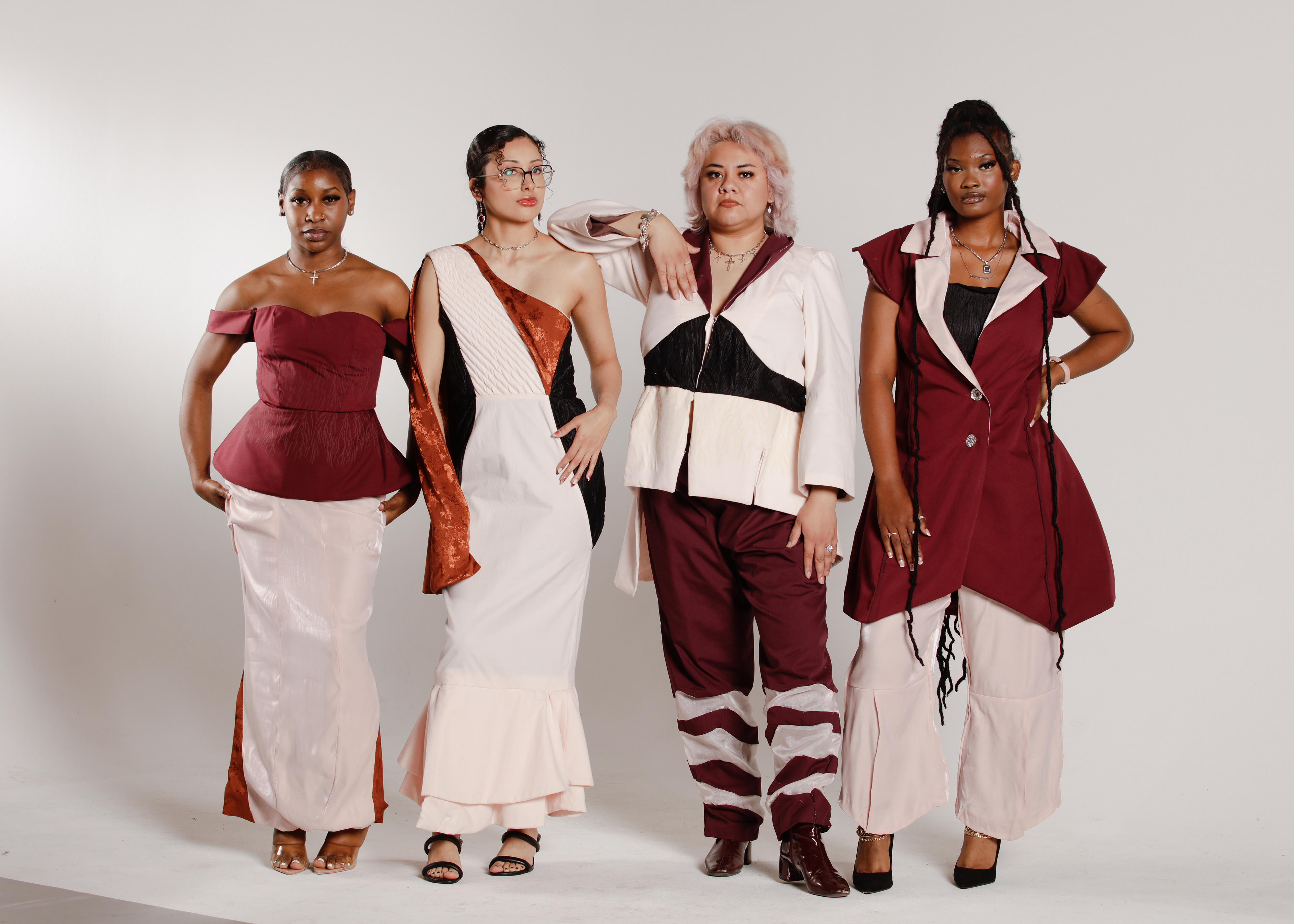
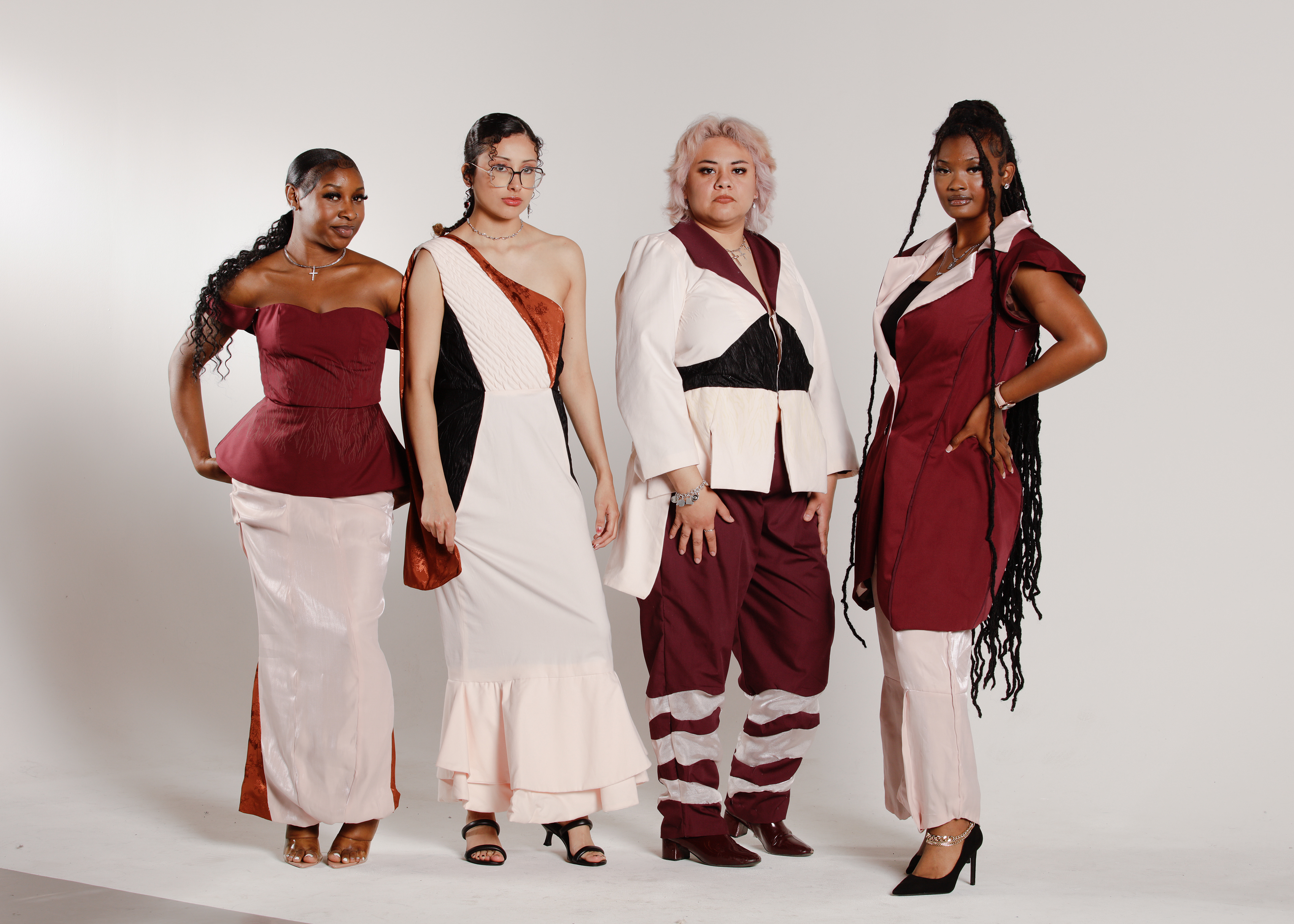


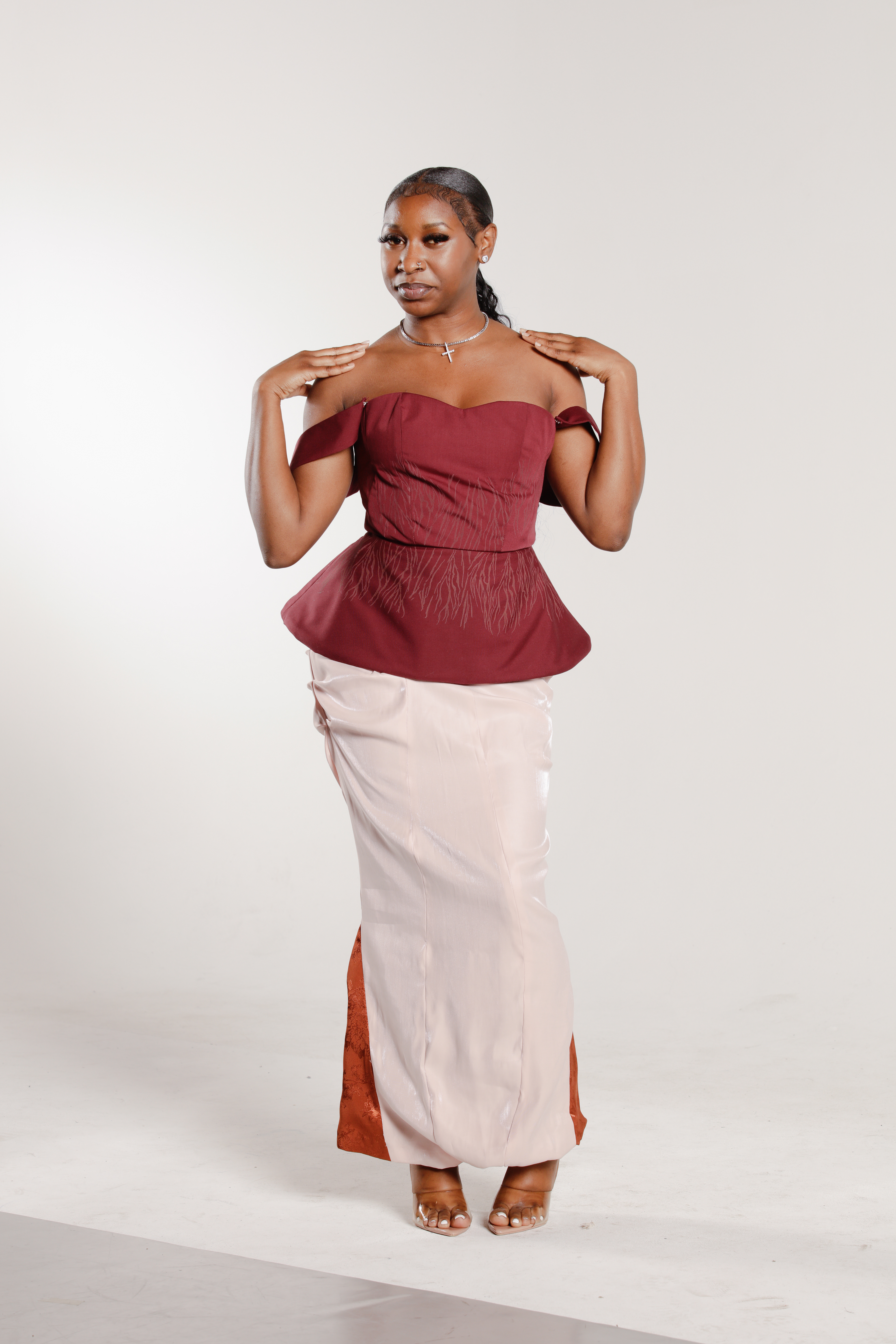


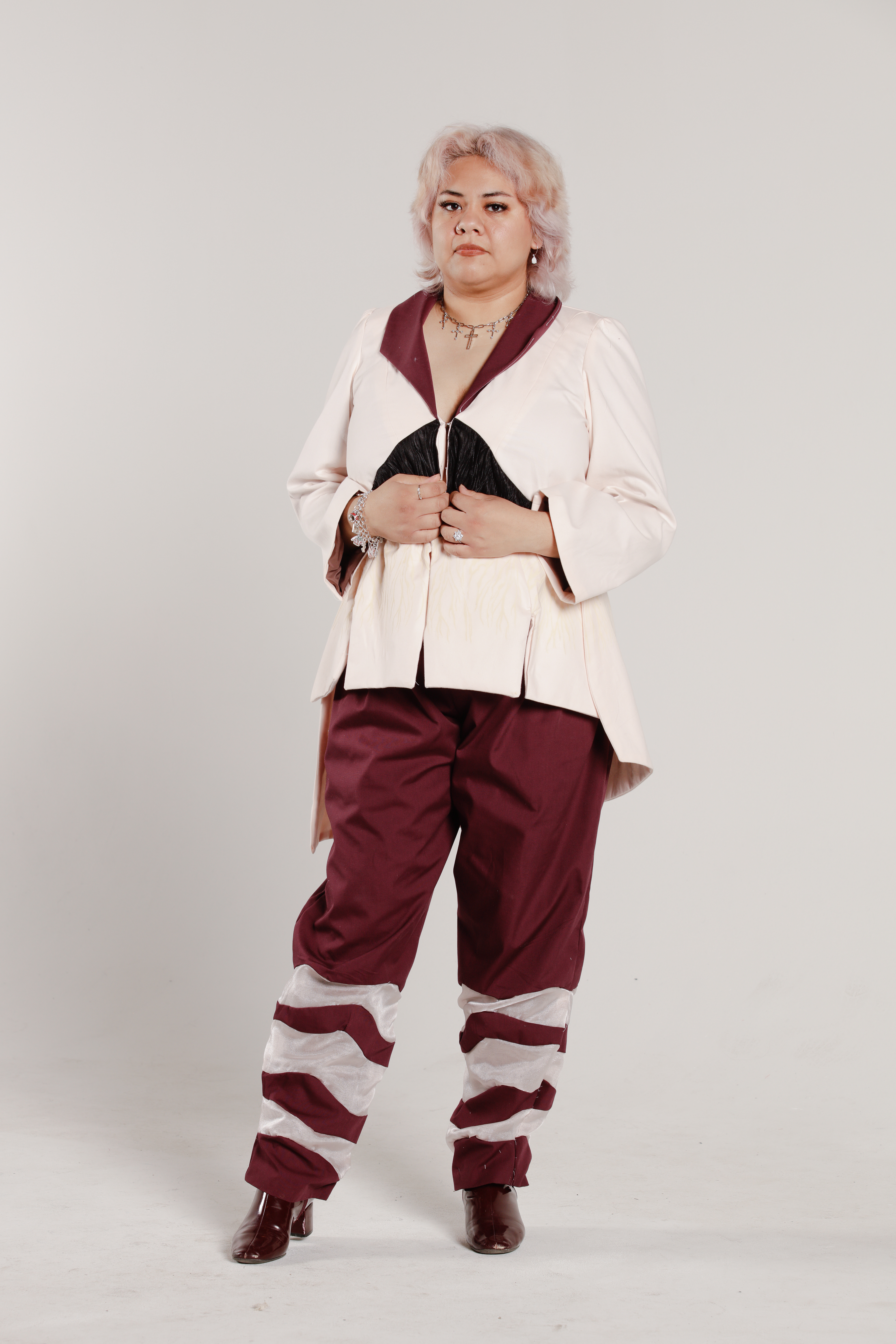
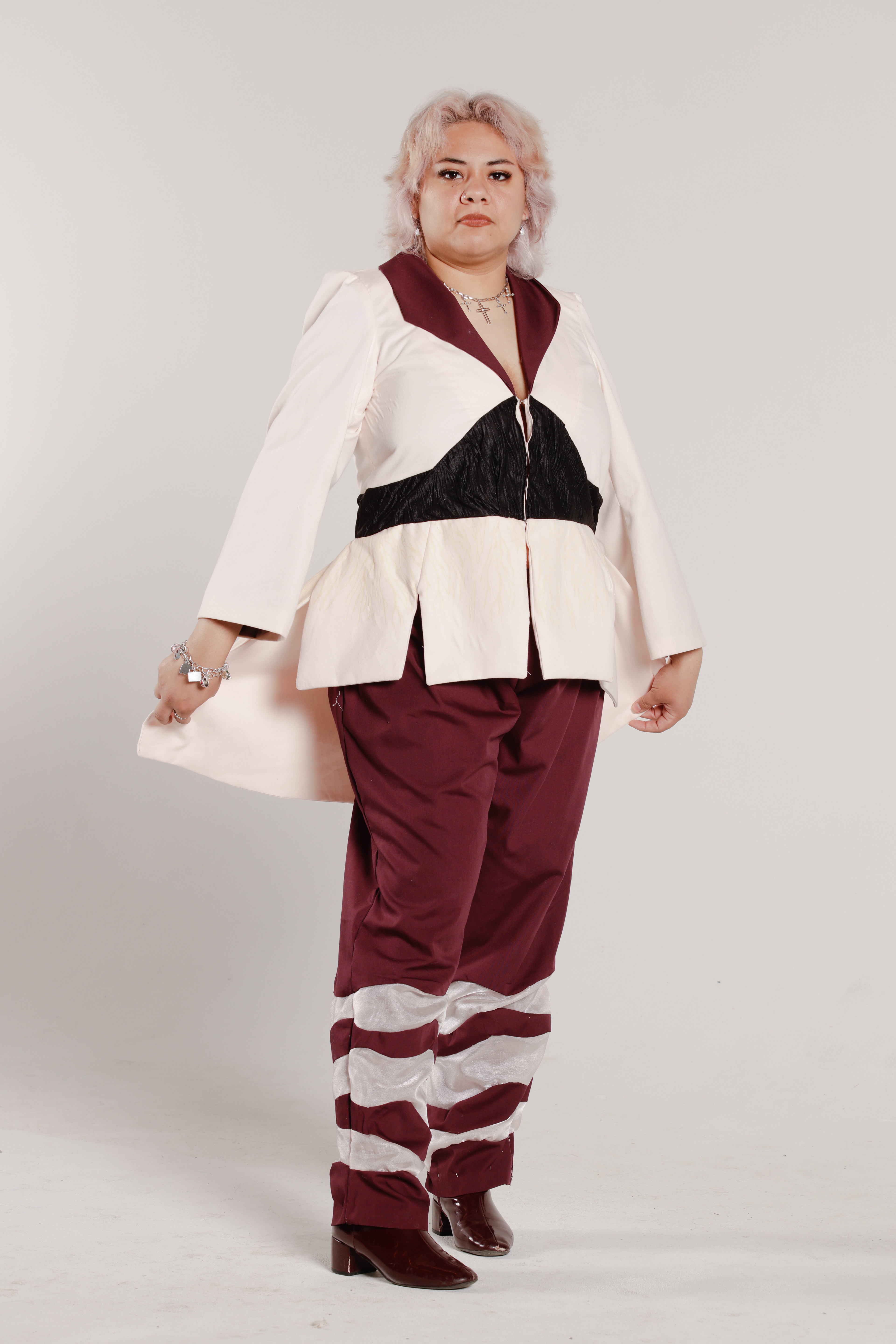
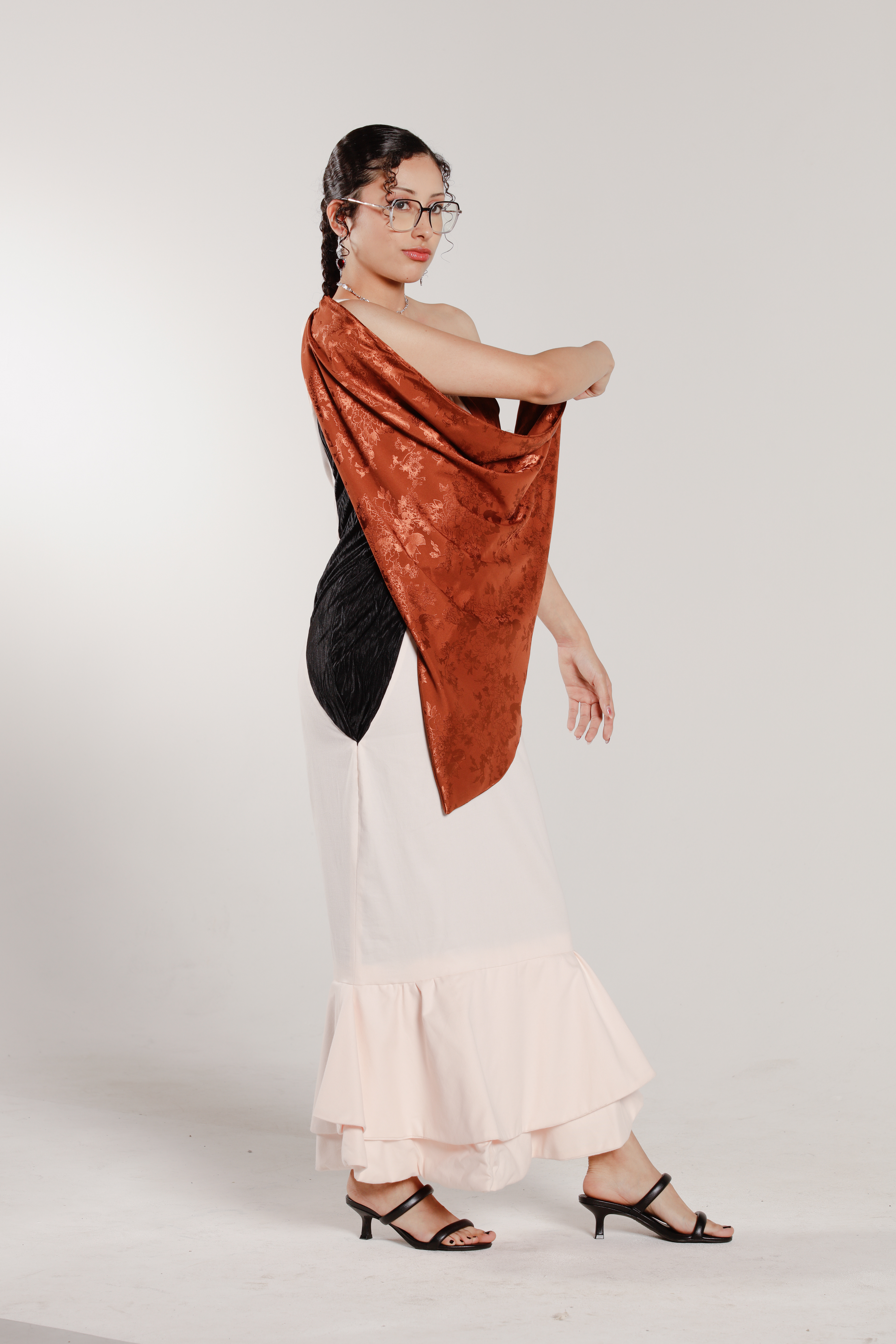


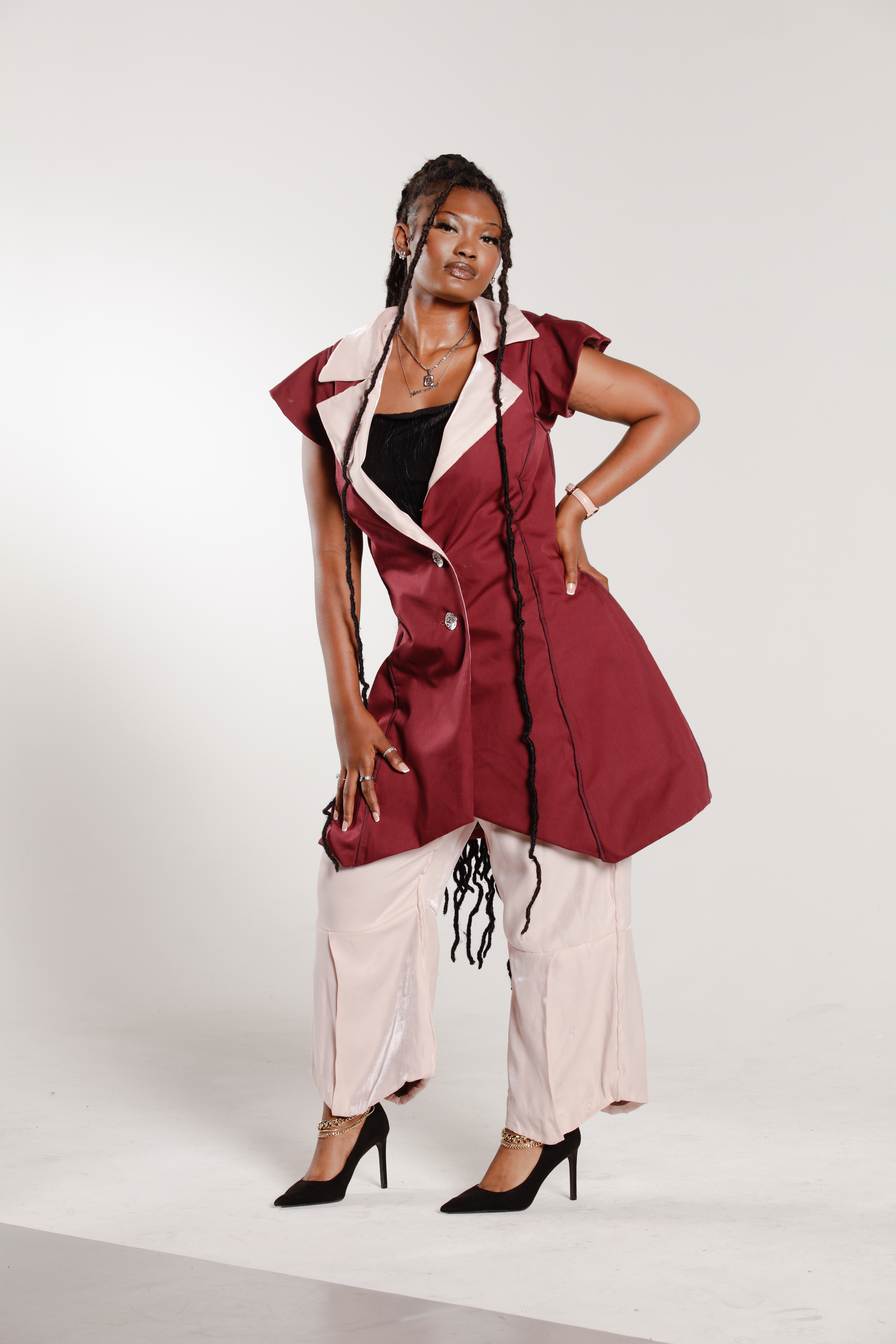
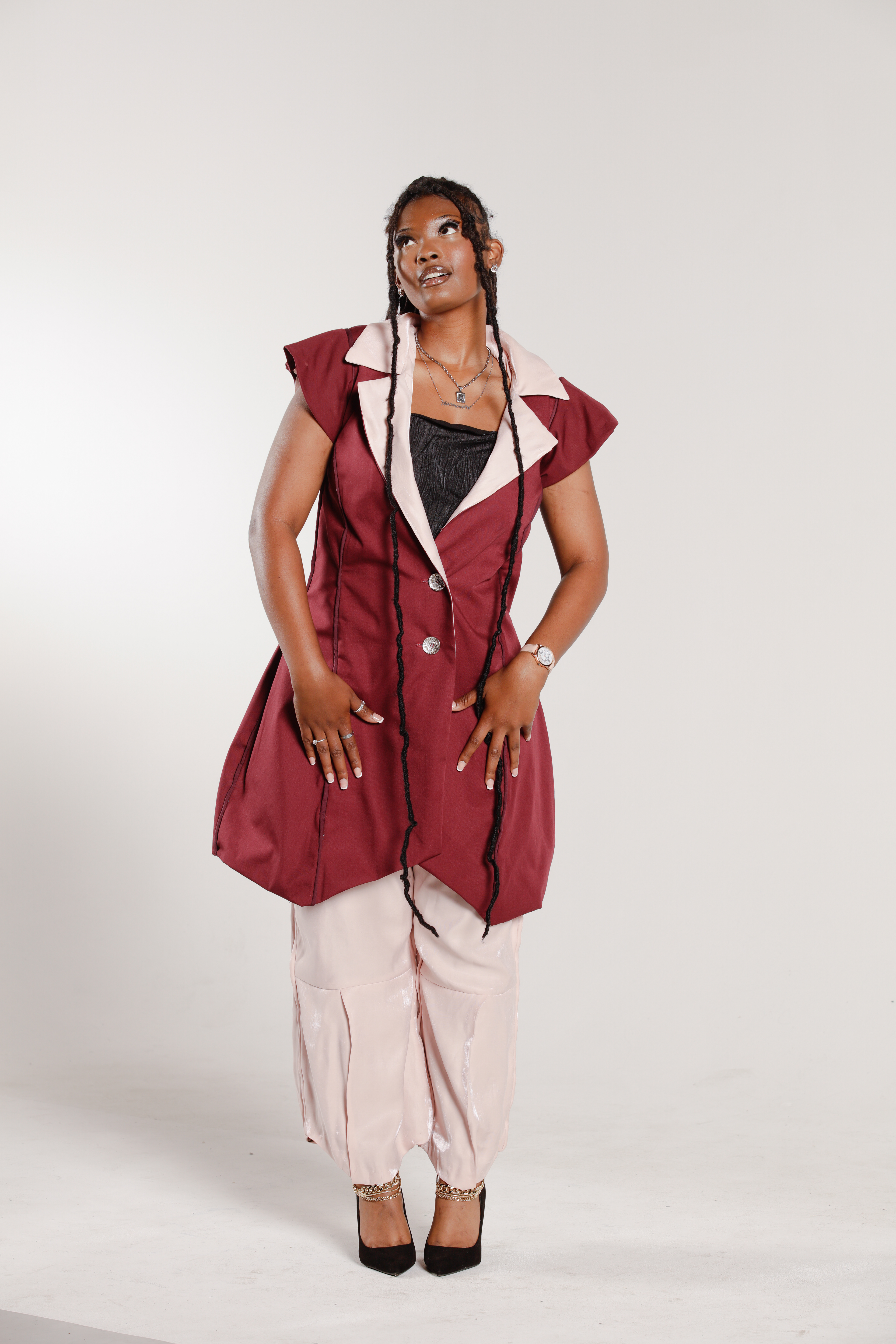
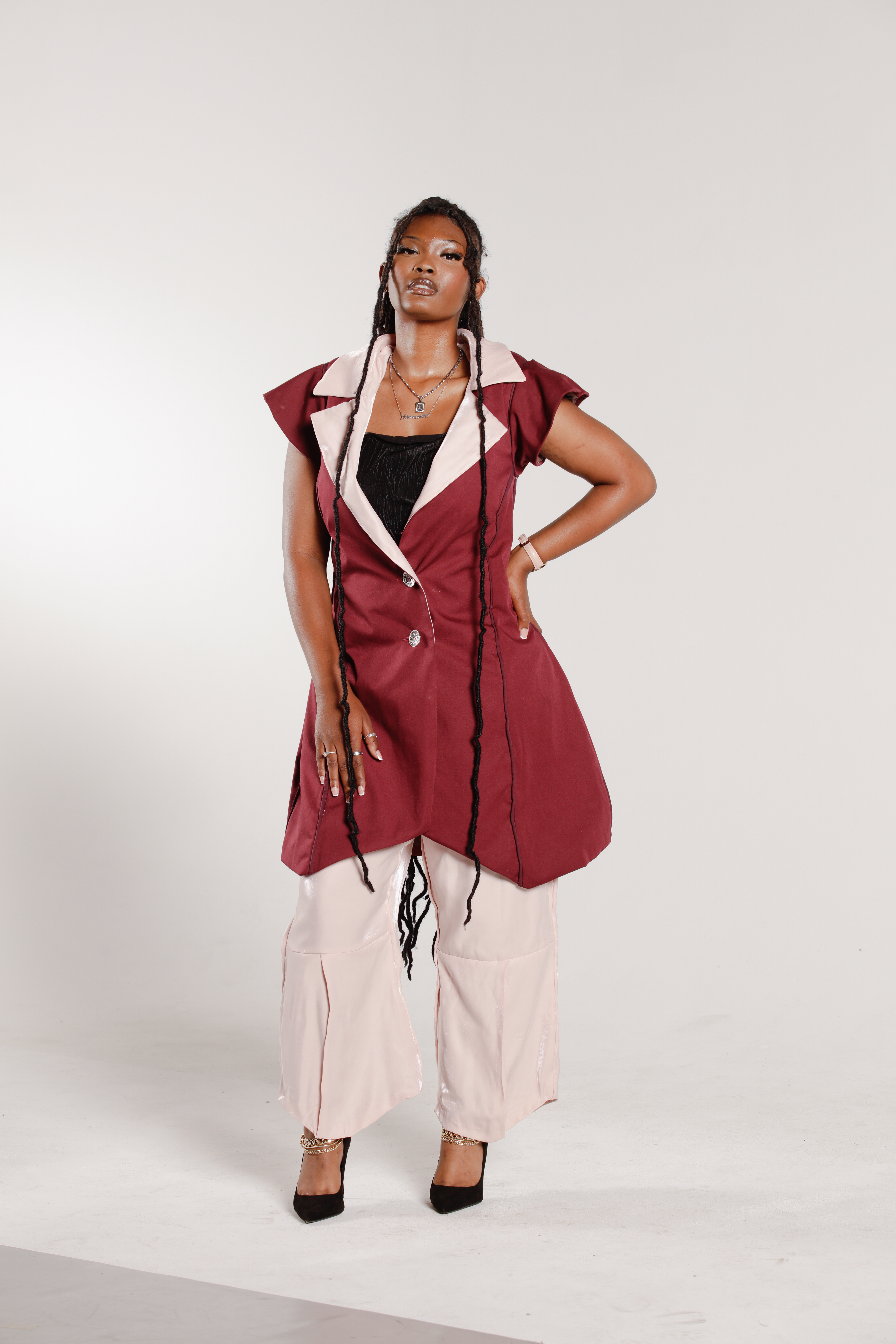
Final Designs






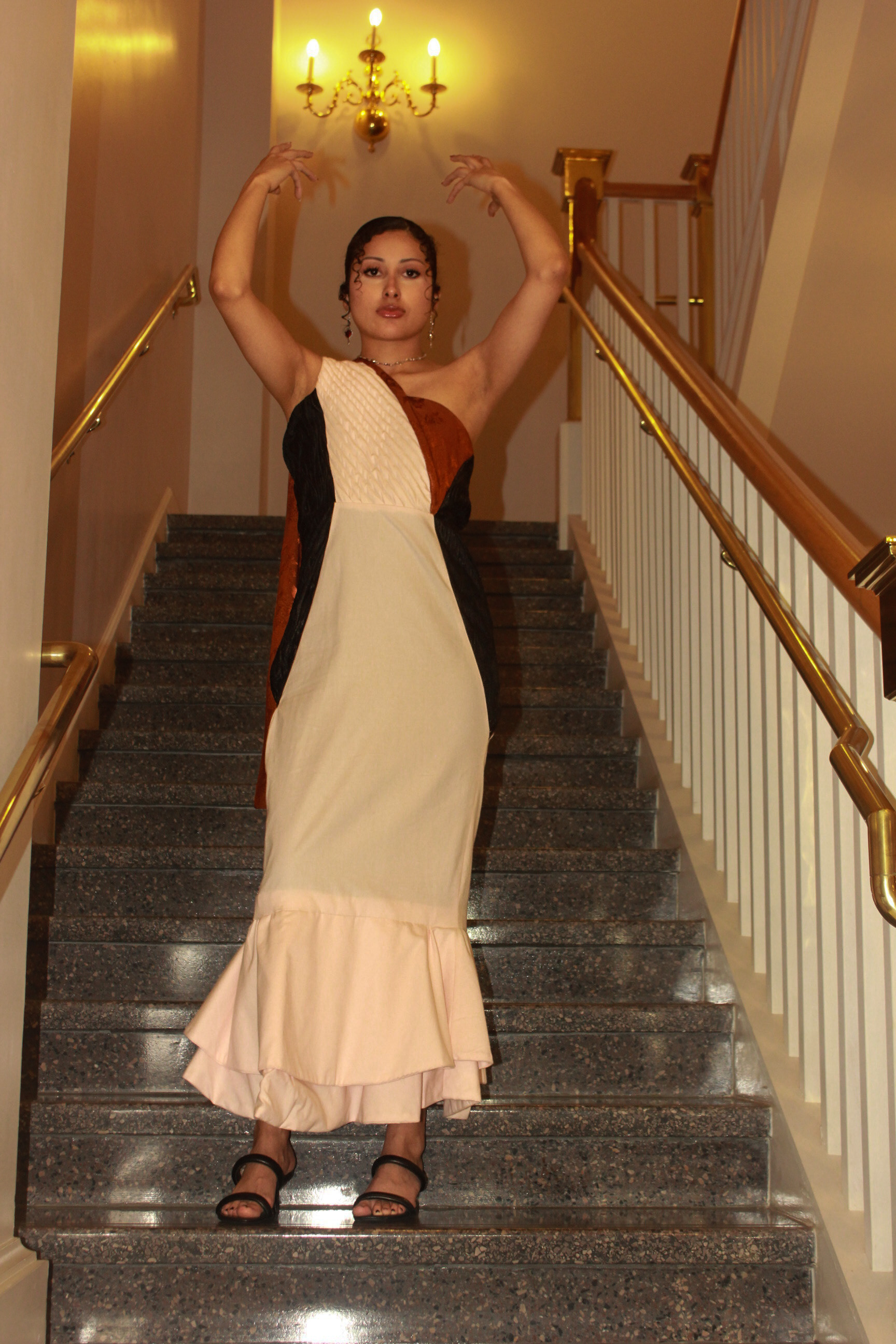



Check out my Lookbook here!
Sources
Britton, Lauren E., et al. "Fat talk and self-presentation of body image: Is there a social norm for women to self-degrade?." Body image 3.3 (2006): 247-254.
Cerise, Somali, et al. "How do maternity leave and discriminatory social norms relate to women’s employment in developing countries." Paris, France: Organization for Economic Co-operation and Development (OECD) Development Centre (2013).
Jayachandran, Seema. Social norms as a barrier to women's employment in developing countries. No. w27449. National Bureau of Economic Research, 2020.
Marcus, Rachel. "Gender, social norms, and women’s economic empowerment." Women's Economic Empowerment (2021): 126-153.



